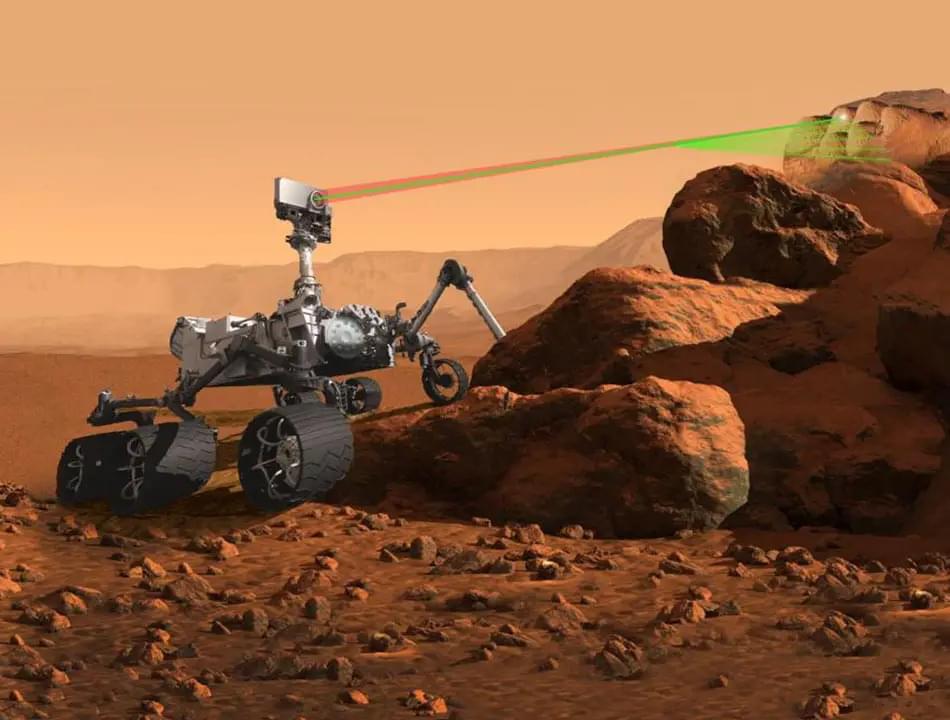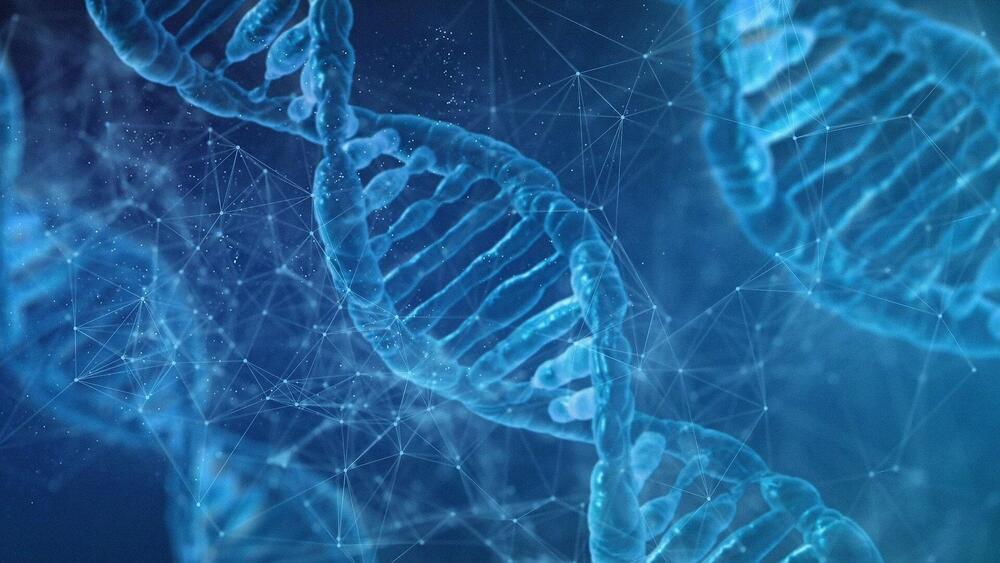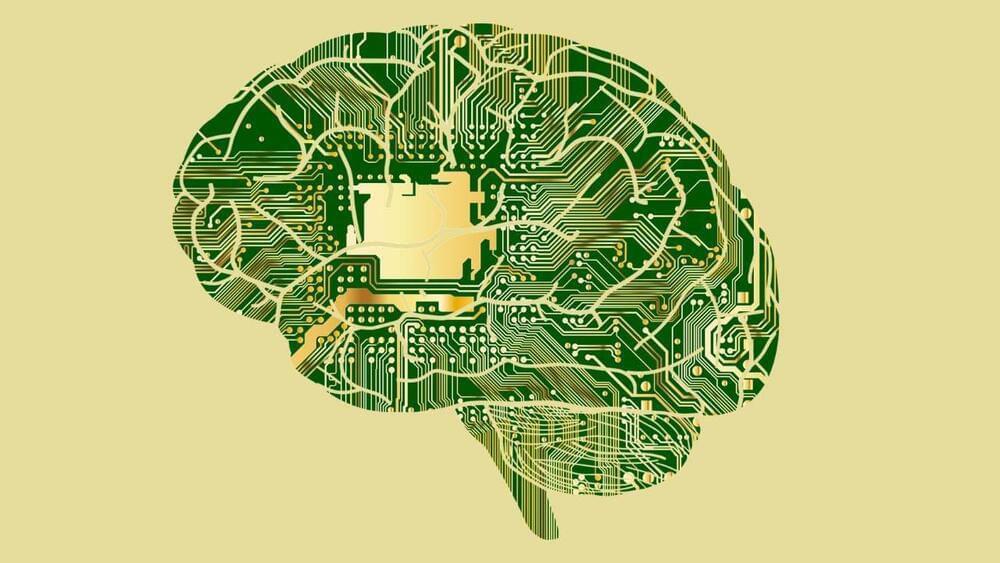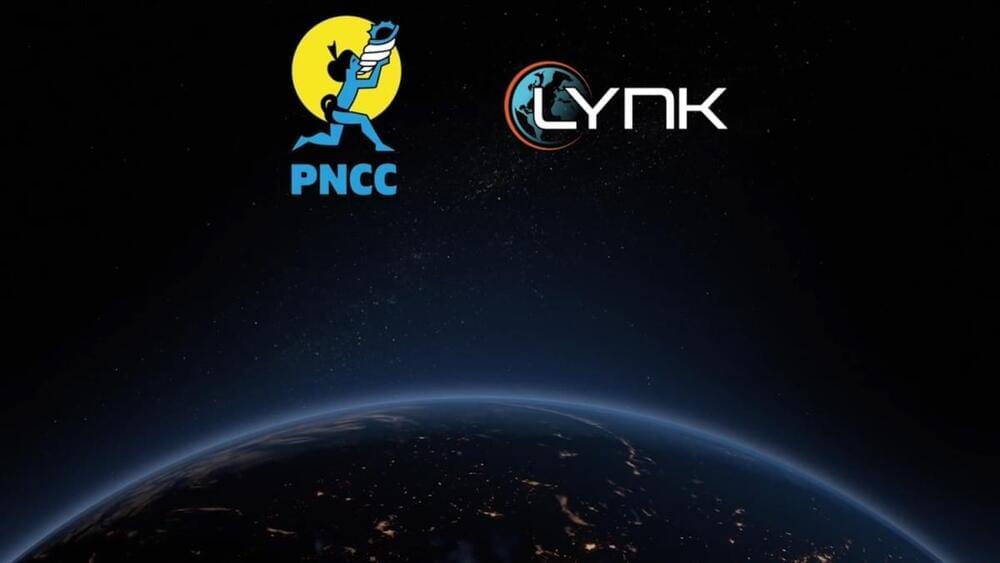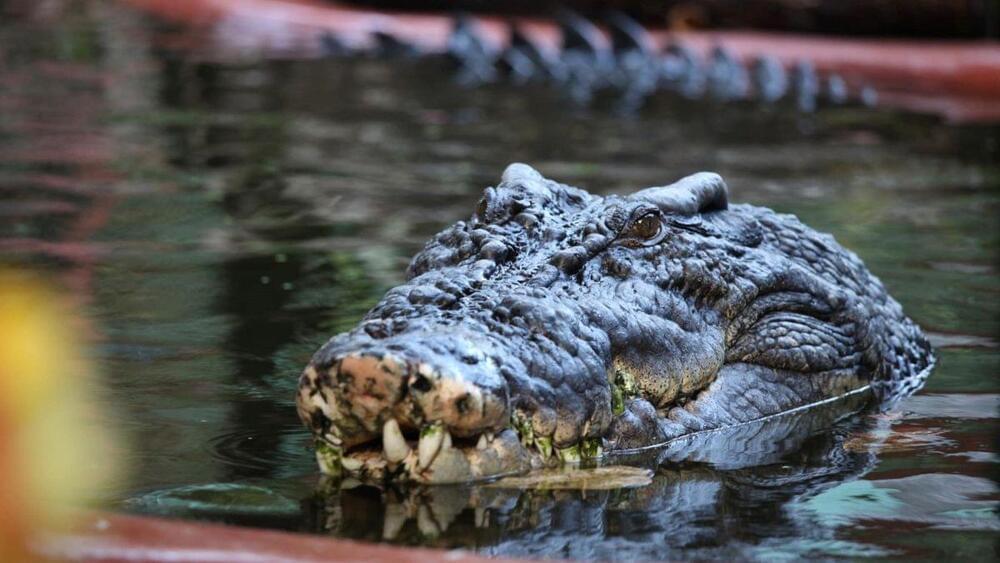I just posted a story and commented that people don’t even know how many AI tools exist. There are many. I can decorate my house without an interior designer, and much more. Here are 5 AI editing tools for video.
Help me achieve my goal by joining my channel!||||||||||||||| 63% ||||… 31.5K/50K Joined.
➡️ Hit the [Subscribe] button or click here to sub: https://vod.strms.net/s/UCqdsVtEvUIU-0ebfhSFWOGw.
* ⭐ Newest Subscriber: DameJungle⭐*
TimeBolt: https://geni.us/TimeBolt — 20% Discount Code: Rafael.
Keyper: https://fxfactory.pxf.io/Keyper.
Captionator: https://apps.apple.com/ca/app/captionator-for-final-cut/id1627843786?mt=12
Caption Generator for Final Cut: https://apps.apple.com/ca/app/caption-generator-for-finalcut/id1666645487?mt=12
Final Cut Pro 90 Day Free Trial: https://www.apple.com/ca/final-cut-pro/trial/
Adobe Premiere: http://bit.ly/PremiereRafael.
Enhanced Editing: Final Cut Pro (Waitlist Signup!) https://links.rafaelludwig.com/efficient-editing.
0:00 Intro.
0:24 TimeBolt.
3:51 Keyper.
5:12 Captionator.
6:48 Caption Generator For Final Cut.
8:20 Remix.
10:40 Voice Isolation.
11:59 Adobe Podcast.
• ••••••••••// Support the Channel \••••••••••••••••••••••••••••••••••••••••

